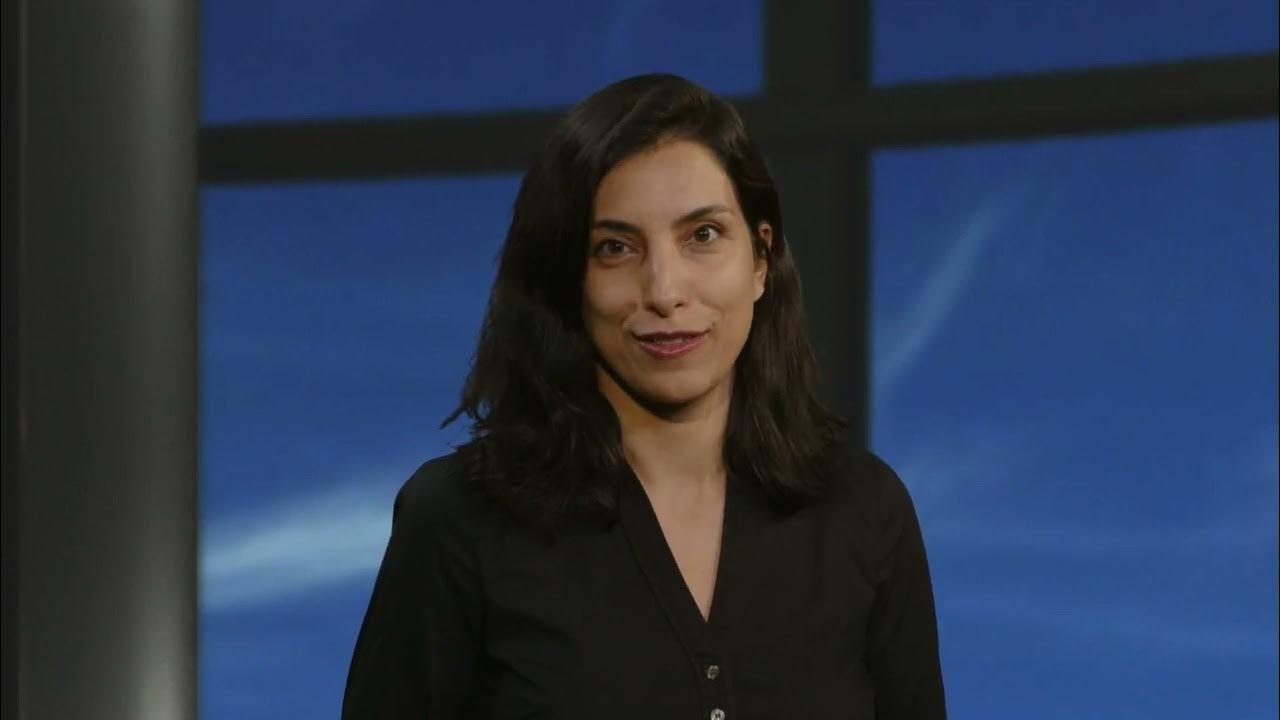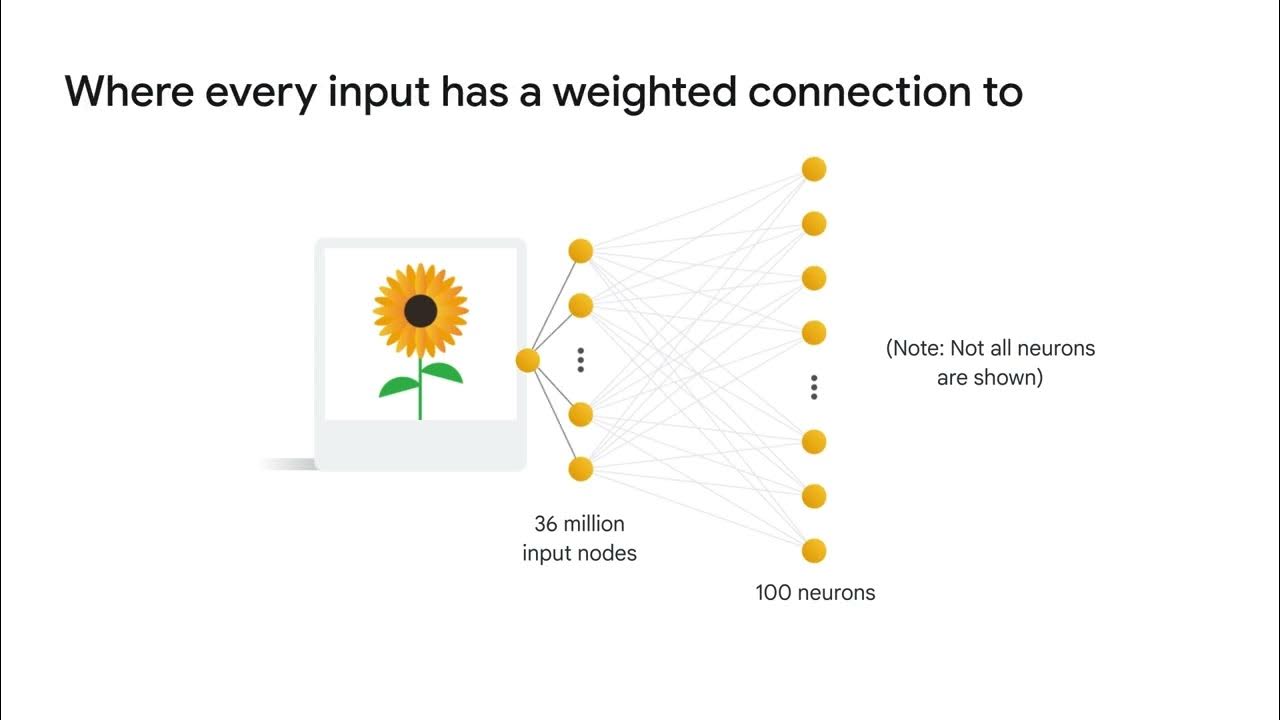TUGAS PEMROSESAN CITRA DIGITAL (RESUME TENTANG KONVOLUSI)
Summary
TLDRIn this video, Kalista introduces the concept of convolution in digital image processing and its application in convolutional neural networks (CNNs). She explains how convolution works with filters to enhance image features like edges and textures, and how CNNs use this process for image recognition tasks. Kalista also reviews a research paper on using CNNs for weather prediction, showcasing the VGG16 architecture. The video emphasizes the importance of high-quality training data for accurate CNN models and highlights their growing use in various fields like disease detection and autonomous vehicles.
Takeaways
- 😀 Convolution is a fundamental technique in digital image processing that modifies or analyzes pixels in an image.
- 😀 Convolution involves two functions: the input image (signal) and the kernel (matrix), which is systematically moved over the image.
- 😀 The process of convolution creates a new image by modifying pixel values, and it can be used for edge detection, smoothing, or object detection.
- 😀 For edge detection, a kernel with negative values surrounding a positive value in the center can highlight high-intensity pixel differences.
- 😀 Convolution is performed on discrete, two-dimensional functions in digital images, which are represented as pixels.
- 😀 Padding techniques such as zero padding or edge duplication are used to handle pixels at the edges of the image during convolution.
- 😀 CNN (Convolutional Neural Networks) use convolution to identify patterns in visual data, making it essential for image classification tasks.
- 😀 The convolutional layer in CNN applies filters or kernels to generate feature maps, which contain abstract image information like shape, color, and texture.
- 😀 After convolution, the feature maps are processed through pooling layers (max pooling or average pooling) to reduce dimensionality and complexity.
- 😀 The flattened data is then passed to fully connected layers, where patterns are identified and classifications are made in the output layer.
- 😀 The video also reviews a scientific article that applied CNN for weather classification using a dataset of weather images with categories like cloud, rain, and sunshine.
Q & A
What is convolution in digital image processing?
-Convolution is a fundamental technique in digital image processing used to modify or analyze pixels in an image. It involves sliding a small matrix, called a kernel, over the image to adjust pixel values based on the surrounding pixels, resulting in modified images like edge detection or blurring.
What are the two main functions involved in convolution?
-The two main functions involved in convolution are the image input (or signal) and the kernel (filter). The kernel is a small matrix that slides over the image to modify pixel values based on its neighboring pixels.
What does a convolution kernel do in image processing?
-A convolution kernel is a small matrix that slides over an image to calculate a new pixel value based on its surrounding pixels. This process can modify the image in various ways, such as detecting edges, blurring, or highlighting features.
How does convolution affect the image?
-Convolution can produce various effects on an image. It can enhance or sharpen edges, blur the image, or detect specific features like textures, colors, or shapes, depending on the kernel used.
What is zero padding in convolution?
-Zero padding is a technique used in convolution to handle the edge pixels of an image. It involves adding extra pixels with a value of zero around the image to ensure that the convolution process can be applied to all pixels, including those at the edges.
What is a Convolutional Neural Network (CNN)?
-A Convolutional Neural Network (CNN) is a specialized neural network architecture designed for recognizing patterns in visual data. CNNs use convolutional layers to apply filters to images and detect important features like shapes, colors, or textures.
What role does the convolutional layer play in a CNN?
-The convolutional layer in a CNN is where the convolution process occurs. It uses filters or kernels to process the input image and generate feature maps, which highlight important aspects of the image like edges, shapes, or textures.
What is the function of the pooling layer in a CNN?
-The pooling layer in a CNN reduces the dimensionality of the feature maps produced by the convolutional layer. It helps to retain important information while reducing computational complexity, typically using techniques like max pooling or average pooling.
What is the significance of the fully connected layer in a CNN?
-The fully connected layer in a CNN is responsible for classifying the image based on the extracted features. After the convolution and pooling layers process the image, the fully connected layer takes the abstracted features and classifies them into specific categories.
What was the focus of the research article reviewed in the video?
-The research article reviewed in the video focused on the application of deep learning using CNNs for weather prediction. It used a dataset of weather images categorized into cloud, rain, sunrise, and shine to train a CNN model (VGG16) to classify the weather patterns.
Outlines

This section is available to paid users only. Please upgrade to access this part.
Upgrade NowMindmap

This section is available to paid users only. Please upgrade to access this part.
Upgrade NowKeywords

This section is available to paid users only. Please upgrade to access this part.
Upgrade NowHighlights

This section is available to paid users only. Please upgrade to access this part.
Upgrade NowTranscripts

This section is available to paid users only. Please upgrade to access this part.
Upgrade NowBrowse More Related Video

Introduction to Computer Vision: Image and Convolution

Mengenal Convolutional Neural Network (CNN)

What is a convolutional neural network (CNN)?

Convolutional Neural Networks from Scratch | In Depth

Convolutional Neural Networks

ANN vs CNN vs RNN | Difference Between ANN CNN and RNN | Types of Neural Networks Explained
5.0 / 5 (0 votes)